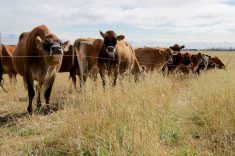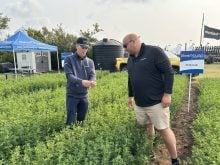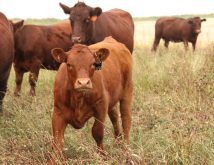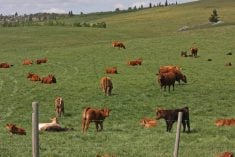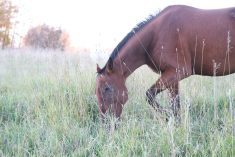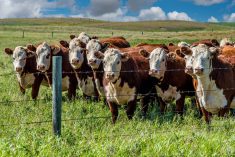A few consecutive rough years have taken their toll on tame pastures across the Prairie provinces.
It’s no wonder, then, that forage experts are noticing the resulting decline in forage production, with plenty of pastureland now converted to annual cropping.
“The value of land has gone up quite a bit, so in order to get the best use of that land based on that value price-wise, you need to get a high-value crop,” said Dale Risula, provincial forage specialist with Saskatchewan Agriculture.
Read Also
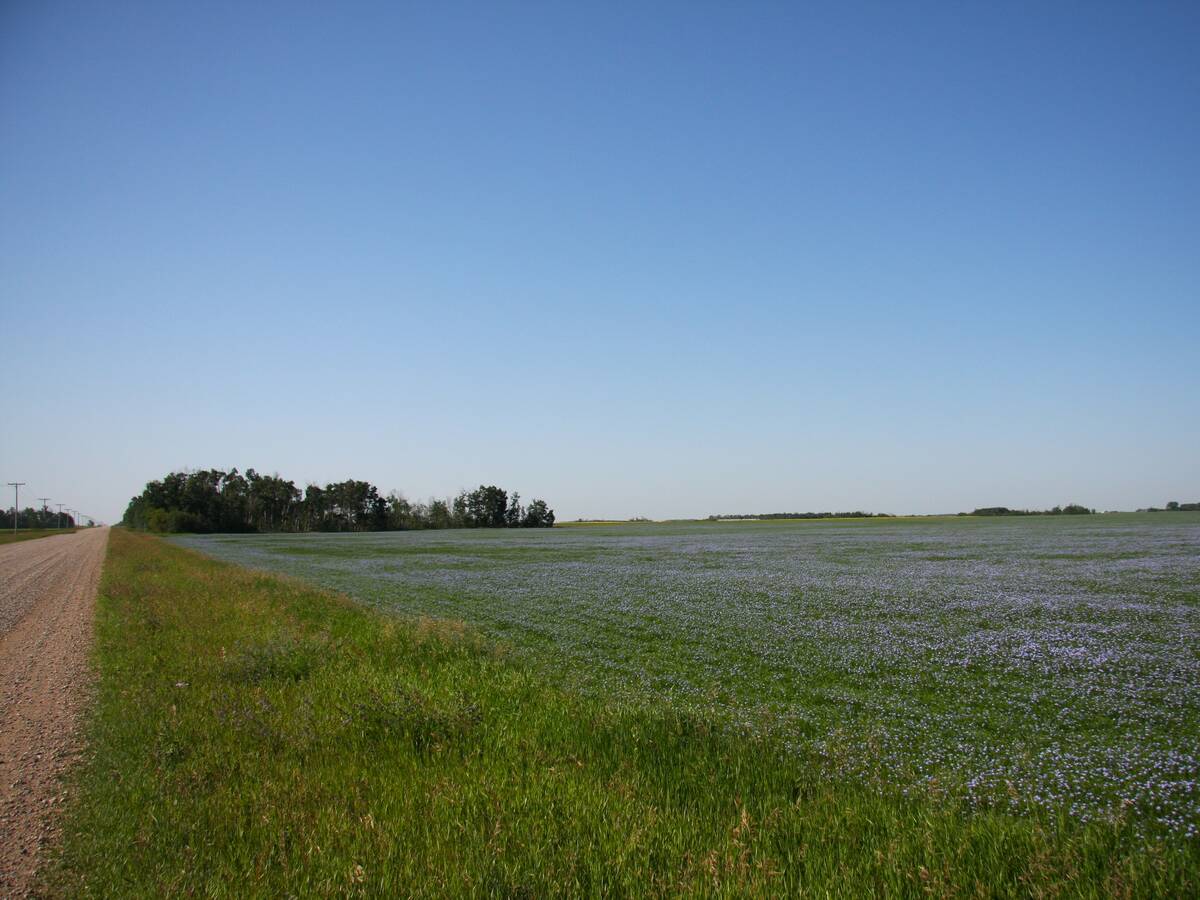
Farmland advisory committee created in Saskatchewan
The Saskatchewan government has created the Farm Land Ownership Advisory Committee to address farmer concerns and gain feedback about the issues.
In 2024, conditions were variable throughout the region, with some areas seeing more precipitation than in previous years.
“Overall, I think that forages probably could have done better, but they certainly did better than the year previous to that, when it was just dry throughout,” Risula said of productivity in Saskatchewan last year.
Farther west, the moisture situation is less favourable, said Grant Lastiwka, Alberta-based forage and pasture specialist, noting that much of Alberta did not receive the rain that helped turn things around for parts of Saskatchewan and Manitoba.
“I would say the pastures are showing it,” said Lastiwka.
“So it is setting the stage for a year that’s really going to be crucial for moisture to occur.”
Dry conditions paired with high feed prices led to less feed inventory carried over and more pastures being overgrazed, he said.
“Pastures have been pushed too far, and it is a time to really consider the fact that somebody has to do something about it.”
Uncertainty around trade adds another dimension to this tale.
“We’re seeing some annual crops being impacted in an adverse way by tariffs that are being put into place by different jurisdictions, so there’s a lot of uncertainty among growers with that in respect,” said Risula.
“I think that some growers might be … reassessing their forage lands and the value of the forage lands because some cattle prices have been fairly decent the last little while, too.”
Regardless of an individual producer’s situation, Risula advised knowing the condition of tame pastureland before deciding how best to manage it this season and beyond.
“The most important thing would be to assess your land and give it a class as to what condition it’s in — whether it’s good for supporting high levels of grazing animals or whether it’s run down quite a bit and needs to be maybe even reseeded,” he said.
Reseeding tame pasture is costly, and ideal moisture conditions in early spring are required for best results.
Risula anticipated more producers will turn to pasture rejuvenation methods instead, including fertilizers, aerating or spiking the land and adding a legume, all of which help bring nitrogen back into the soil.
“Without moisture, none of them are going to work that well. So we’re hoping that we have a return to more favourable moisture conditions throughout the growing season,” he said.
Moisture is only one part of the equation, however; proper grazing management is just as important for the health of pastureland.
“You’ve got to match to the animals with the land and its capability in order to graze it effectively, otherwise they can soon become overgrazed, and you’ve got a negative situation on your hands once again,” said Risula.
Lastiwka agreed, saying forage productivity comes down to “40 per cent environment, 20 per cent species and 40 per cent management.”
Ahead of spring turnout, he encourages producers to give their pastures enough time to renew their energy stores, to explore controlled managed grazing methods and to reduce stocking rates based on the conditions and how their pasture is responding.
“You’re managing pastures for a future, and the fact is that the depreciation of pastures … is a real cost that someday has to be paid,” said Lastiwka.
“All of that’s part of adjusting how you manage your grazing to reflect what the plants are telling you in that pasture, not ignoring what the plants need.… Forages are a high-value crop if they’re managed as a crop.”




